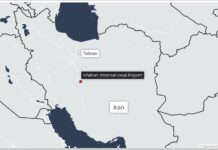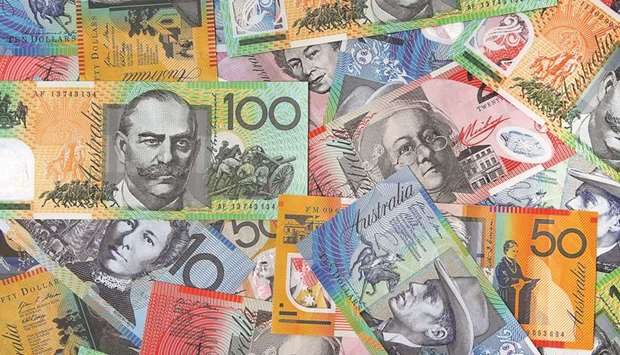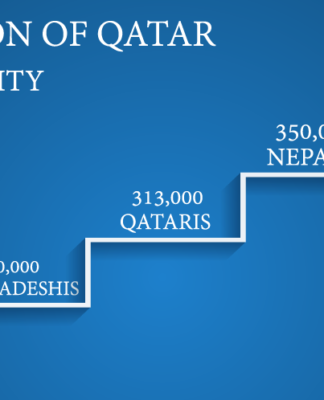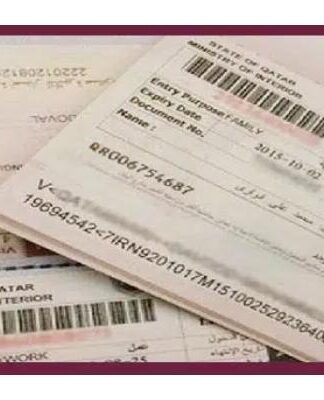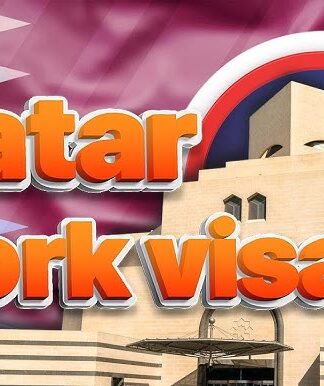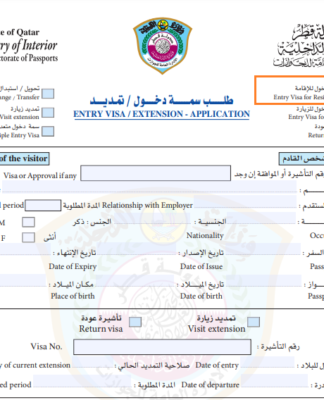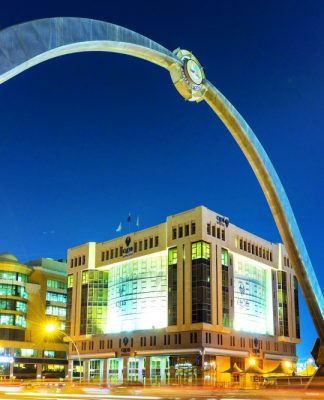Signs that the global trade war is morphing into a currency race to the bottom means the battered Australian dollar is looking more vulnerable than ever.
Poor jobs data this week may tip the balance in favour of another rate cut by the Reserve Bank of Australia, providing a catalyst for the Aussie to extend its recent 10-year low and test the psychologically important level of 0.65 US cents.
Downward momentum is already firmly in place, with the currency slumping from its July high after the US-China war spilled over into foreign exchange markets.
New Zealand’s central bank set the scene for more rate cuts globally when it slashed borrowing costs 50 basis points last week – sending the Australian dollar past its January flash-crash nadir to the lowest level since 2009.
While the RBA passed up an opportunity to lower rates at its August meeting, it left the door open for further monetary easing “if needed.” Aussie-dollar bears will be betting it is “needed” if labour-market data Thursday show continued slackness, which undermines the central bank’s efforts to nudge up inflation.
Money markets are 50% priced for a 25 basis points cut by the RBA in September, and have fully priced one in by the end of October. Reserve Bank Governor Philip Lowe said on Friday he’s still prepared to reduce Australia’s record-low interest rates further if necessary, while also signalling the economy could be through the worst of its slowdown.
Economists surveyed by Bloomberg forecast an unemployment rate of 5.2% in July – far from the RBA’s estimate of full employment at 4.5%. Worryingly for policy makers, the jobless rate has been moving the wrong way for most of this year.
A test of 65 cents against the dollar may occur sooner rather than later if leveraged funds decide it’s time to aggressively short the currency after the employment data.
Hedge funds held a net short position of just 9,809 contracts in week ended July 30, according to Commodity Futures Trading Commission data. That compares with a record 63,973 contracts in 2014, showing there is plenty of room to ramp up bearish positions.
Don’t be surprised if the most bearish of pundits start whispering about 50 basis points next month as the race to the bottom gathers pace. Below are key Asian economic data and events due this week:
Monday, August 12: New Zealand retail card spending; Tuesday, August 13: RBA’s Kent speaks, Australia NAB business confidence, Japan PPI, Singapore 2Q GDP, India CPI. Wednesday, August 14: Australia Westpac consumer confidence and 2Q wage price index, RBA’s Debelle speaks, Japan core machine orders, China industrial production, retail sales and fixed assets ex-rural, South Korea unemployment rate, India wholesale prices. Thursday, August 15: Australia employment change and consumer inflation expectation, RBA’s Debelle speaks, Japan industrial production, Indonesia trade balance, Philippines overseas workers remittances.
Friday, August 16: New Zealand business, NZ manufacturing PMI, Singapore NODX, Malaysia CPI and 2Q GDP and BoP current account balance.
Source:gulf-times.com





